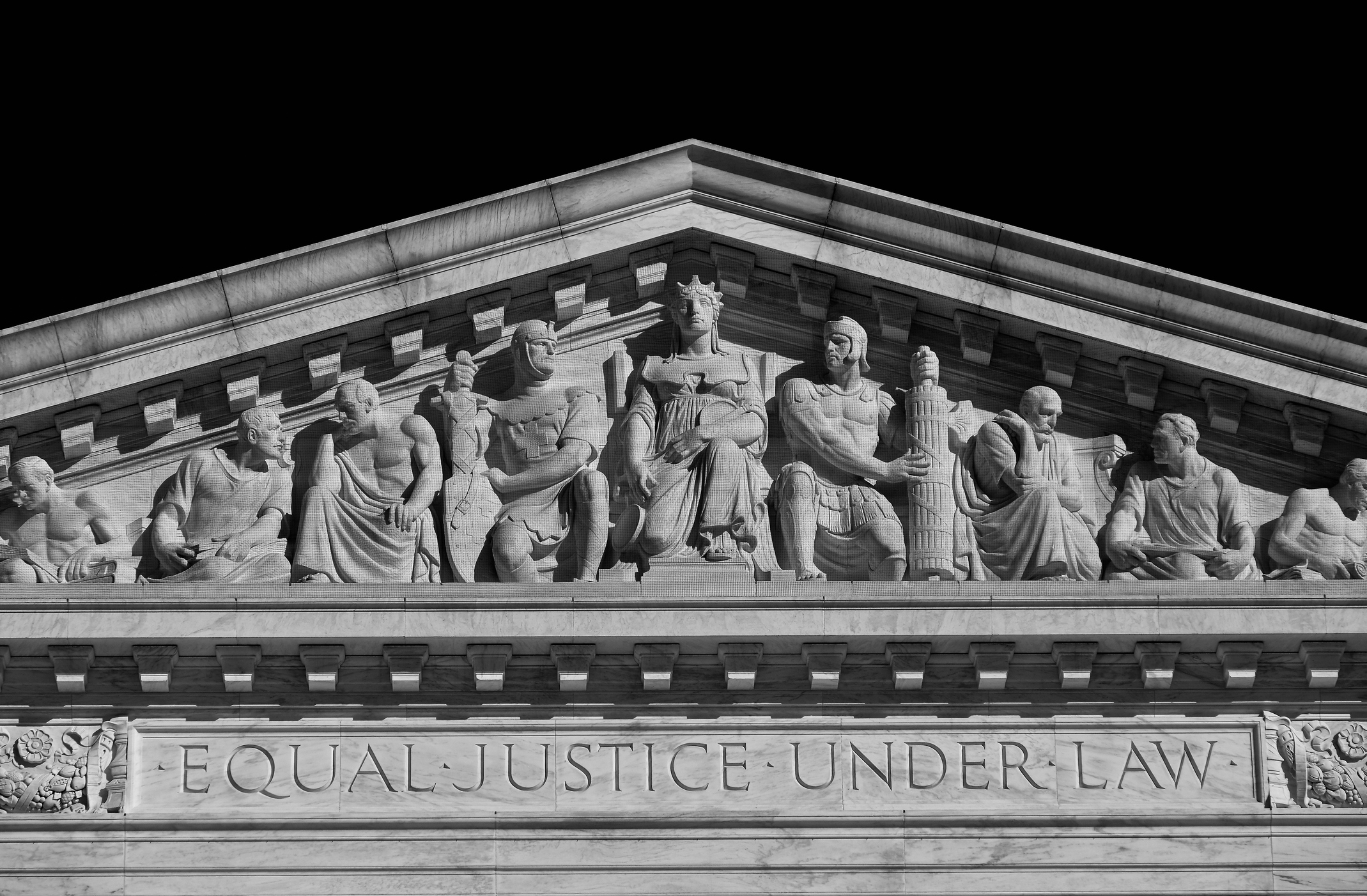Co-authored by: Amanda Karras, Executive Director/General Counsel, International Municipal Lawyers Association (IMLA)
Last week, the Supreme Court announced its opinion in the case of Muldrow v. City of St. Louis, a Title VII employment law case. Title VII of the Civil Rights Act is known as the federal employment discrimination law. In their 6-3 decision, the Court created a new standard under Title VII that applies to employee transfers, including local government employees.
In this case, the City of St. Louis police commissioner transferred twenty-three police officers. One of these transferred officers, Sergeant Muldrow, was transferred out of the Intelligence Division into a new job that was less prestigious, although her pay and rank remained the same. Her schedule also changed from weekdays only to a rotating schedule involving some weekends, and there were some other changes to her employment circumstances, such as losing access to a vehicle. She sued, claiming her transfer was based on her sex (a protected characteristic) in violation of Title VII. The Eighth Circuit ruled in favor of the City on this case and reasoned that Muldrow could not demonstrate the transfer resulted in a “materially significant disadvantage” because her pay, rank, and benefits remained the same.

The Court reviewed the standard that must be met to demonstrate that discrimination occurred under Title VII. Under Title VII, an employer cannot “fail or refuse to hire or to discharge any individual, or otherwise to discriminate against any individual with respect to [their] compensation, terms, conditions, or privileges of employment, because of such individual’s race, color, religion, sex, or national origin.”
The Court concluded that Title VII’s text requires a Plaintiff to show “some harm” (but not “material harm”) in a forced transfer suit. This decision rejected heightened harm requirements that have been applied in lower courts but did not go so far as to say that any transfer, regardless of harm, would be actionable. Where exactly is the line between “some harm” and “material” harm is not entirely clear, though the Court does provide some examples of cases where plaintiffs’ claims previously failed under the “material harm” test but would now satisfy the lower “some harm” threshold:
- “An engineering technician is assigned to work at a new job site… a 14-by-22-foot wind tunnel…” Boone v. Goldin (CA4 1999).
- “A shipping worker is required to take a position involving only nighttime work…” Daniels v. United Parcel Serv., Inc. (CA10 2012).
- “… a school principal is forced into a non-school-based administrative role supervising fewer employees…” Cole v. Wake Cty. Bd. Of Educ. (CA4 2021).
The Supreme Court overturned the Eighth Circuit’s holding in favor of the City and concluded that the text of Title VII does not require the Plaintiff to show a “heightened” harm such as a “materially significant disadvantage” and created a new test. Under the newly established test, an employee “must show some harm from a forced transfer,” and that harm need not rise to the level of “serious” or “significant.” The Court reasoned that requiring “significant” would be imposing a requirement that Congress did not write into the language of the Title VII statute. Muldrow’s case was remanded to the lower courts to be reexamined under this new standard.

In response to a concurrence in the judgment, the Court’s majority also explained the sweeping nature of its ruling, noting this new standard “changes the legal standard used in any circuit that has previously required ‘significant,’ ‘material,’ or ‘serious’ injury.” The Court acknowledged its holding “lowers the bar Title VII plaintiffs must meet” and “because it does so, many cases will come out differently.”
Impact to Municipal Operations
In light of this changed Title VII standard, local governments should consult with their general counsel and human resource departments to examine their policies surrounding employee transfers and ensure that proper training is conducted to avoid liability. Because the Court acknowledged that there must be some harm shown for a Title VII action, local governments do retain some ability to weed out unmeritorious claims in this area, but the sweeping nature of this ruling “lowers the bar Title VII plaintiffs must meet” and “because it does so, many cases will come out differently.”
Read the Amicus Brief
The Local Government Legal Center filed an amicus brief joined by NLC, IMLA, the National Association of Counties (NACo), and the Government Finance Officers Association (GFOA).
Learn more about the Local Government Legal Center.







